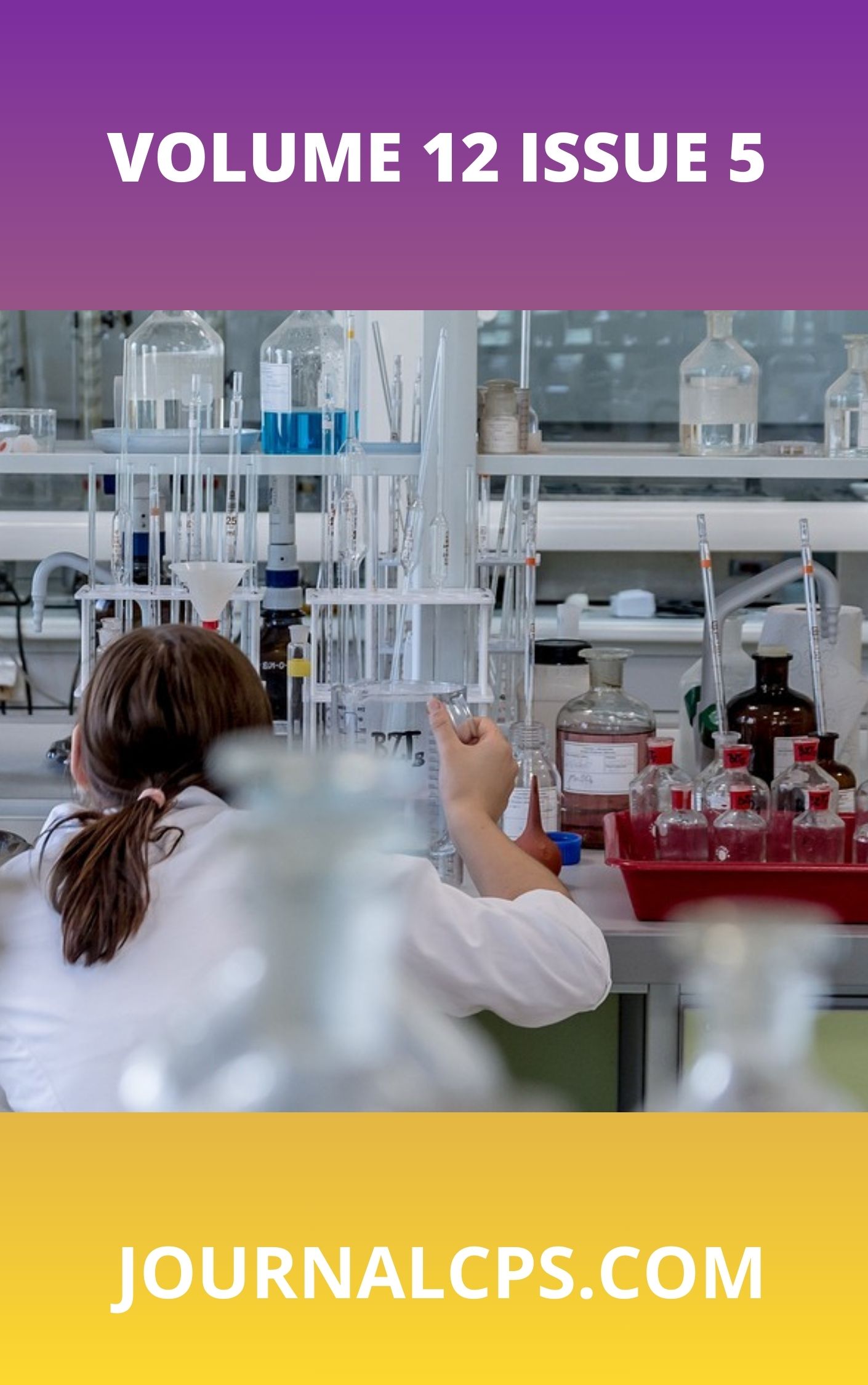A Conceptual Framework for Managing Pandemics: Integrating Disease Models with Public Behavior and Misinformation Control
Keywords:
Pandemic modeling, Public behavior, Misinformation, SEIR model, Dual-spread frameworkAbstract
Pandemic response strategies have traditionally relied on classical epidemiological models such as SIR and SEIR, which primarily focus on the biological transmission of infectious diseases. However, these models often overlook the significant influence of public behavior, trust in science, and the rapid dissemination of misinformation. This paper proposes an integrated conceptual framework that bridges these gaps by combining epidemic modeling with behavioral and informational dynamics in what is termed a "Dual-Spread Model." Through a synthesis of literature, historical examples (COVID-19, H1N1, Ebola), and illustrative diagrams, the study reveals how misinformation, public trust, and community responses can either amplify or suppress disease spread. The framework emphasizes feedback loops between disease outcomes, information flows, and behavioral responses, offering practical insights for policymakers. Key policy recommendations include behavior-informed vaccination campaigns, targeted communication strategies, and coordinated efforts between public health institutions and information platforms. This interdisciplinary approach provides a more robust and adaptive tool for future pandemic preparedness and response.
Similar Articles
- Godwin Ezikanyi Okey, Yusuf Jibril, G. A. Olarinoye, Comparative Analyses amongst 3 Hybrid Controllers - MPC-HGAFSA, LQR-HGAFSA and PID-HGAFSA in a Micro Grid Power System Using MAD and RMSE as Measures of Performance Metrics , Communication In Physical Sciences: Vol. 10 No. 1 (2023): VOLUME 10 ISSUE 1
- Umar Dangoje Musa, Eloayi David Paul, Sani Uba, Nsikan Nwokem, Sani Danladi, Risk Assessment of Selected Metallic Pollutants in Fish from Zuru dam, Kebbi State, Nigeria , Communication In Physical Sciences: Vol. 12 No. 3 (2025): VOLUME 12 ISSUE 3
- E. D. Paul, Casmir Emmanuel Gimba, ATR-FTIR Quantitation of Isopropyl Alcohol (IPA) and Ethanol in Some Covid-19 Targeted Hand Sanitizers in Nigeria , Communication In Physical Sciences: Vol. 7 No. 1 (2021): VOLUME 7 ISSUE 1
- David Adetunji Ademilua, Advances and Emerging Trends in Cloud Computing: A Comprehensive Review of Technologies, Architectures, and Applications , Communication In Physical Sciences: Vol. 10 No. 3 (2023): VOLUME 10 ISSUE 3 (2023-2024)
- Ufuoma Shalom Onoabedje, Christopher Obodike Ezugwu, Efeturi Abraham Onoabedje, Antimicrobial Properties of 9, 12-Octadecadienoic Acid Isolated from Leaf Extracts of Acalypha Fimbriata (Euphorbiaceae) , Communication In Physical Sciences: Vol. 12 No. 3 (2025): VOLUME 12 ISSUE 3
- Umar Ahmad Isyaku, Nura Mohammed, Aminu Sabo Muhammad, Abdulrasheed Luqman, Body Mass Index and its Influence on HIV Positive Patients: A Case Study of Aminu Kano Teaching Hospital , Communication In Physical Sciences: Vol. 9 No. 4 (2023): VOLUME 9 ISSUE 4
- Aminu Ismaila, Abubakar Sadiq Aliyu, Yakub Viva Ibrahim, Evaluation of Gamma Radiation Dose Level in Mining Sites of Riruwai, Kano, Nigeria , Communication In Physical Sciences: Vol. 8 No. 1 (2022): VOLUME 8 ISSUE 1
- Musa Ndamadu Farouq, Nwaze Obini Nweze, Monday Osagie Adenomon, Mary Unekwu Adehi, Derivation of a New Odd Exponential-Weibull Distribution , Communication In Physical Sciences: Vol. 11 No. 4 (2024): VOLUME 11 ISSUE 4
- Ubong Ime Essien, Anduang Odiongenyi, Clement Obadimu, Iniobong Enengedi, Investigation of Snail shells as an Adsorbent and Precursor for the synthesis of Calcium Oxide Nanoparticles for the Removal of Amoxicillin from Aqueous Solution , Communication In Physical Sciences: Vol. 9 No. 4 (2023): VOLUME 9 ISSUE 4
- Kingsley Ochommadu Kelechi , Onwubuariri Nnamdi Chukwuebuka, Chiazor Faustina Jisieike, Ezere, Uchechi Ahunna, Muyiwa Michael Orosun, Chisom Loveth Kelechi, Health Risk Assessment of Heavy Metal Contamination in Water Sources at Michael Okpara University of Agriculture , Communication In Physical Sciences: Vol. 12 No. 3 (2025): VOLUME 12 ISSUE 3
You may also start an advanced similarity search for this article.




